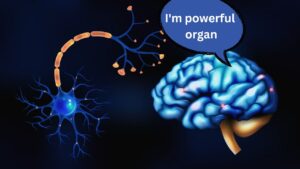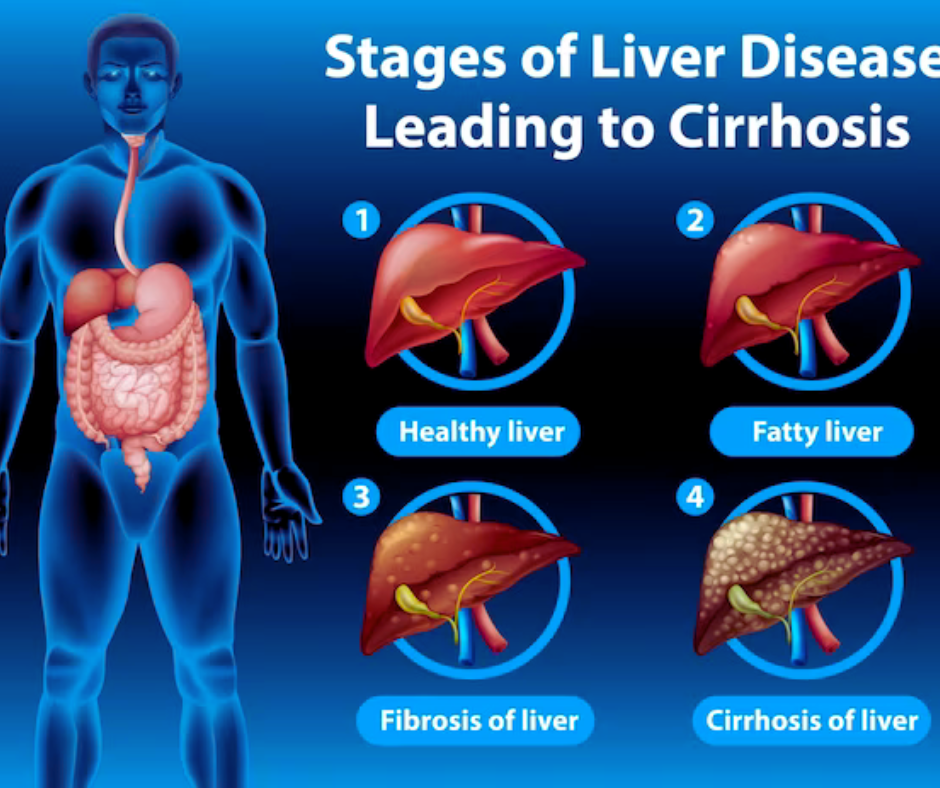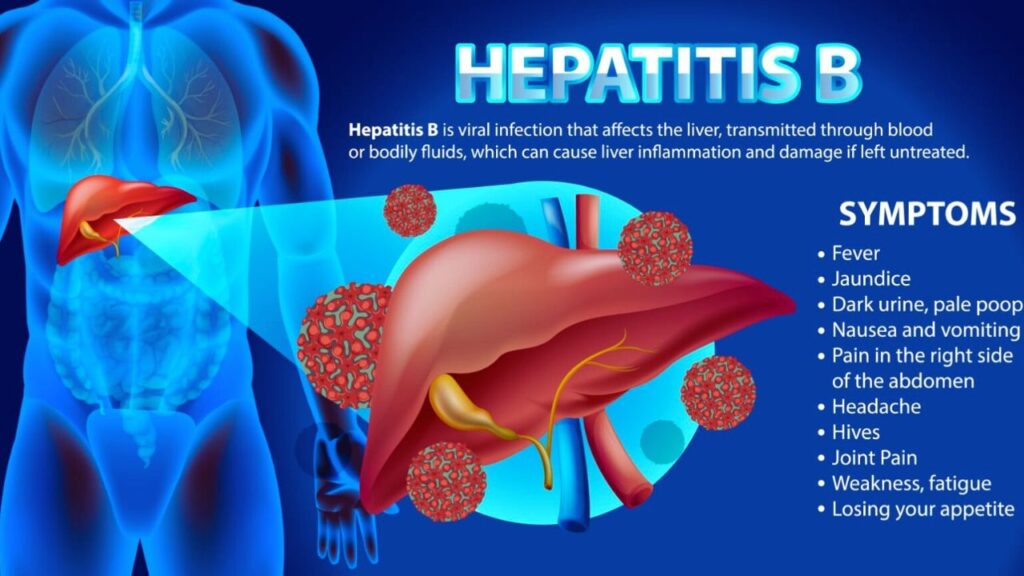The liver is a vital organ responsible for detoxifying the body, producing bile for digestion and storing essential nutrients. If the liver is damaged, it can cause serious health problems. However, liver damage often goes unnoticed until it reaches an advanced stage because symptoms can be subtle or unusual. In this article, we will explore 14 unusual symptoms of liver damage that you should be aware of to ensure early detection and treatment.
1. Itchy Skin
Itchy skin, especially when there is no apparent cause such as a rash or allergy, can be a sign of liver damage. This happens because bile products, which are normally processed by the liver, accumulate in the blood and cause skin irritation.
2. Spider Angiomas
Spider angiomas are small, spider-like blood vessels visible under the skin. They are often found on the face and upper body and are a result of high estrogen levels due to liver damage, as the liver is responsible for hormone regulation.
If you notice that you bruise or bleed easily, this could be a sign of liver damage. The liver makes proteins necessary for blood clotting, and liver damage can deplete these proteins, leading to increased bleeding and bruising.
4. Chronic Fatigue
Feeling overly tired or weak despite adequate rest may be related to liver damage. The liver is involved in energy production, and when it’s not working properly, it can lead to constant fatigue.
5. Yellowish Skin and Eyes (Jaundice)
Jaundice, characterized by yellowing of the skin and eyes, occurs when there is too much bilirubin in the blood. The liver normally processes bilirubin, but when it is damaged, bilirubin levels rise, causing jaundice.
6. Swelling in the Legs and Ankles
Liver damage can lead to a condition called edema, where fluid accumulates in the feet and ankles. This is due to a decrease in the liver’s ability to make albumin, a protein that helps prevent blood from leaking out of blood vessels.
7. Dark Urine
Dark colored urine can be a sign of liver damage. This is caused by excess bilirubin in the bloodstream, which is then excreted in the urine, giving it a dark color.
8. Pale or Tar-Colored Stool
Pale, tar-colored or clay-like stools may indicate liver problems. This change occurs because the liver is not producing enough bile or there is a blockage in the bile ducts.
9. Loss of Appetite
A sudden loss of appetite, especially when accompanied by nausea, can be a sign of liver damage. The liver plays an important role in metabolism and its damage can disrupt the normal digestive process.
10. Abdominal Pain and Swelling
Pain and swelling in the upper right side of the abdomen can be a direct result of inflammation or enlargement of the liver. This discomfort is often persistent and may be accompanied by tenderness.
11. Nausea and Vomiting
Nausea and vomiting may be associated with liver damage. The liver’s role in processing toxins means that when it is damaged, toxins can build up, leading to these symptoms.
12. Bad Breath (Fetor Hepaticus)
Fetor hepaticus is a distinctive, foul odor that can occur with severe liver disease. This is caused by high levels of dimethyl sulfide in the blood, which normally helps cleanse the liver.
13. Hormonal Imbalance
Liver damage can cause hormonal imbalances, especially in men, such as enlarged breasts (gynaecomastia) and shrunken testicles. This is because the liver helps regulate hormones and when it is weakened, estrogen levels can increase.
14. Confusion and Cognitive Issues
Known as hepatic encephalopathy, confusion, memory problems and other cognitive problems can occur when the liver fails to remove toxins from the blood. These toxins can then affect brain function.
Preventing Liver Damage
Understanding the causes of liver damage can help prevent it. Common causes include:
Alcohol abuse: Excessive alcohol consumption is a major cause of liver damage.
Viral infections: Hepatitis B and C can cause severe liver inflammation and damage.
Obesity: Non-alcoholic fatty liver disease (NAFLD) is associated with obesity and can lead to liver damage.
Toxins and drugs: Some drugs and toxins can damage the liver.
Unhealthy diet: Processed foods and foods high in sugar can damage the liver.
Diagnosis and Treatment
If you suspect liver damage, it is very important to consult a doctor. Diagnosis usually involves:
Blood tests: To check liver enzyme levels and bilirubin.
Imaging tests: Ultrasound, CT scan or MRI to look at the liver.
Liver biopsy: A small tissue sample is taken to examine liver cells.
Treatment depends on the cause and severity of the damage:
Lifestyle changes: reducing alcohol intake, losing weight, and eating a healthy diet.
Medicines: For conditions like hepatitis.
Liver Transplant: In severe cases where the liver is extensively damaged.
Conclusion
It is essential to recognize the early and unusual symptoms of liver damage for timely intervention and treatment. Symptoms such as itchy skin, spider angiomas, and dark urine can indicate liver problems that require treatment, among others. Maintaining a healthy lifestyle and being aware of risk factors can go a long way in protecting your liver. If you notice any of these symptoms, don’t hesitate to consult a healthcare professional for a thorough evaluation and appropriate care. Your liver is crucial to your overall health, so take steps to ensure it’s healthy and functioning well.

Weight Loss Exercises at Home
INTRODUCTION In today’s fast-paced world, finding time to go to the gym can be challenging. However, that doesn’t mean you can’t achieve your fitness

Healthy Lifestyle Tips: A Comprehensive Guide to Better Living
INTRODUCTION Living a healthy lifestyle is more than just a trend; it’s a commitment to improving your overall well-being and longevity. With the rise of

The Stark Reality of Work Depression and Death in India
INTRODUCTION Job depression is a silent epidemic that is sweeping many parts of the world and India is no exception. The modern work environment, economic

The Milestone of Modern Medicine: The First Successful Human Head Transplant
INDRODUCTION In the ever-evolving field of medical science, breakthrough achievements constantly reshape our understanding of what is possible. One of the most amazing and controversial

How to Boost Your Brain Power: Proven Strategies for Mental Clarity and Focus
INTRODUCTION In today’s fast-paced world, maintaining optimal brain health is more important than ever. Whether you’re a student cramming for exams, a professional juggling multiple

The Ultimate Guide to an Effective Skin Care Routine At Home
INDRODUCTION In the pursuit of glowing and healthy skin, an effective skin care routine is paramount. With the plethora of products and advice available, understanding

